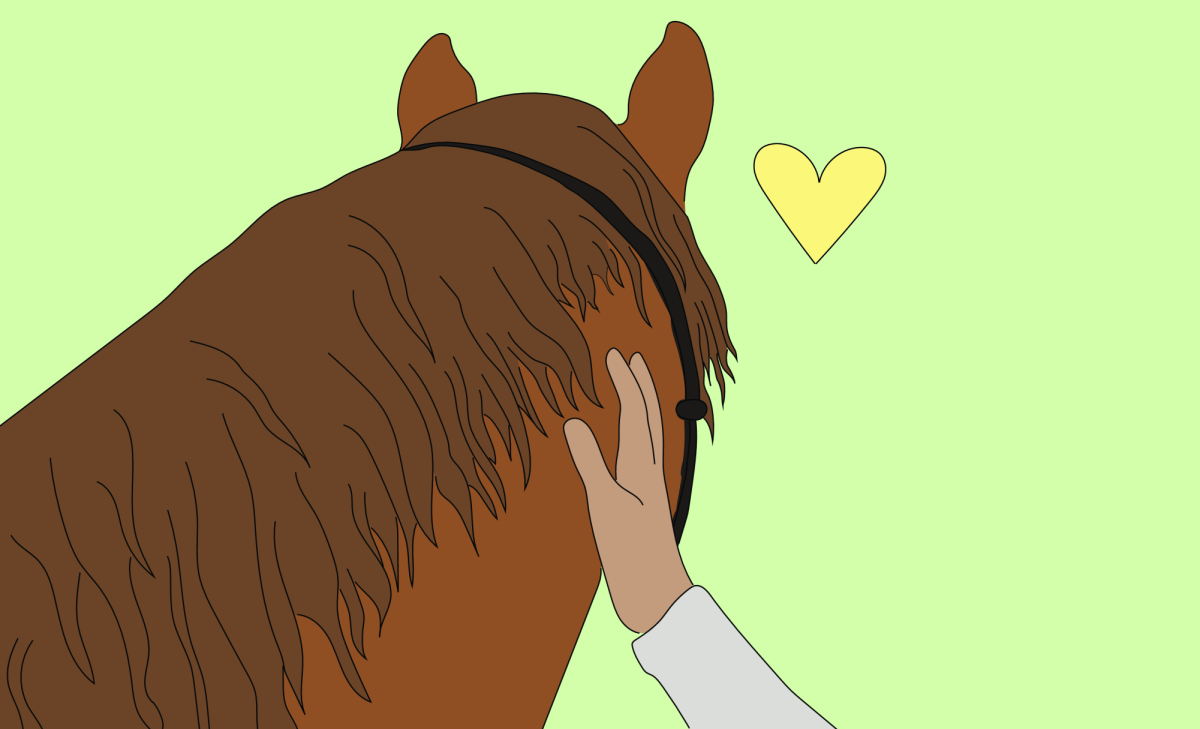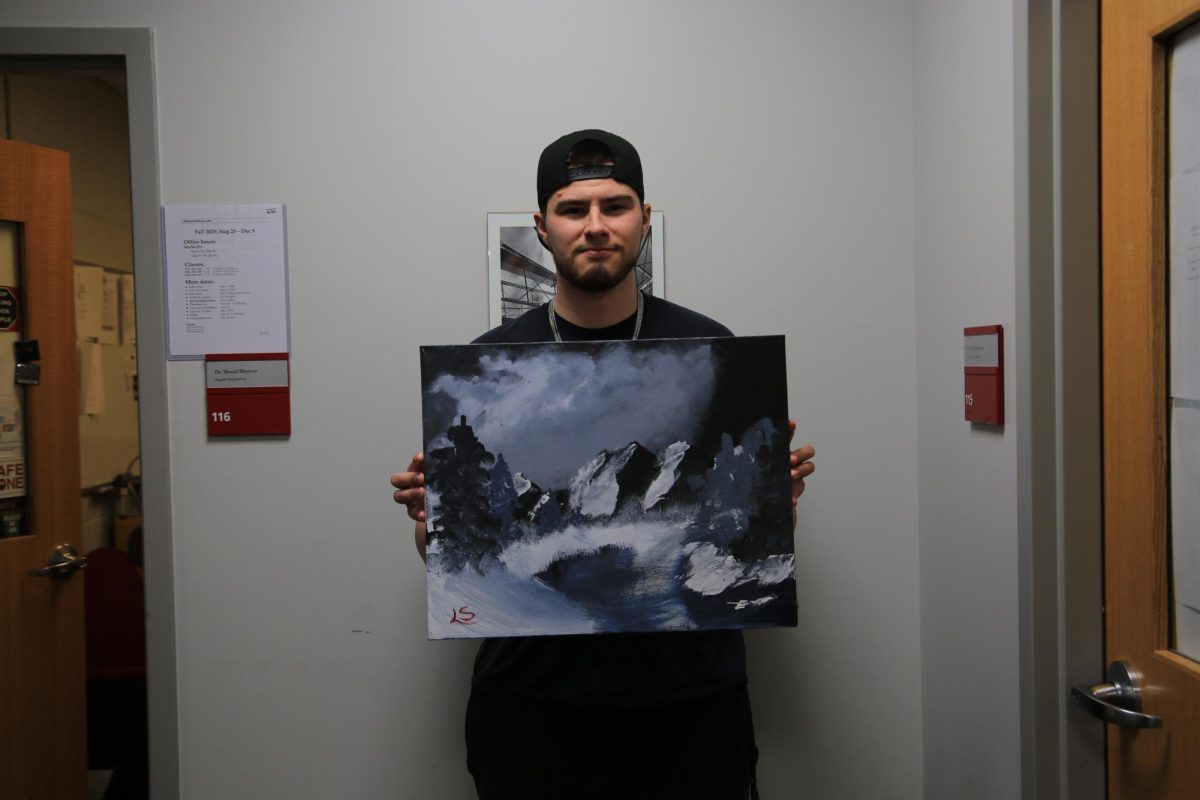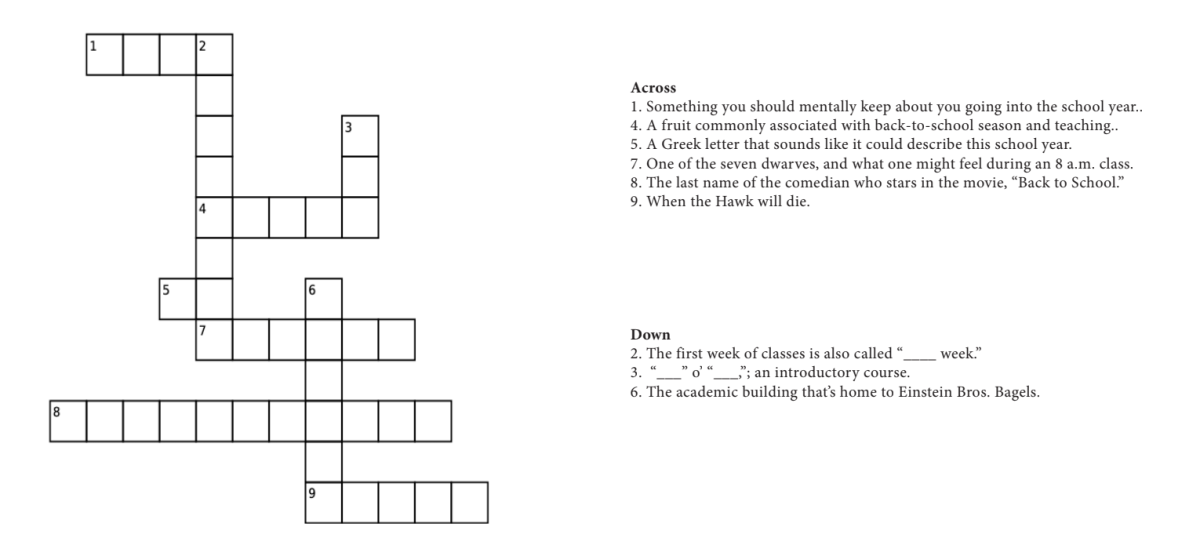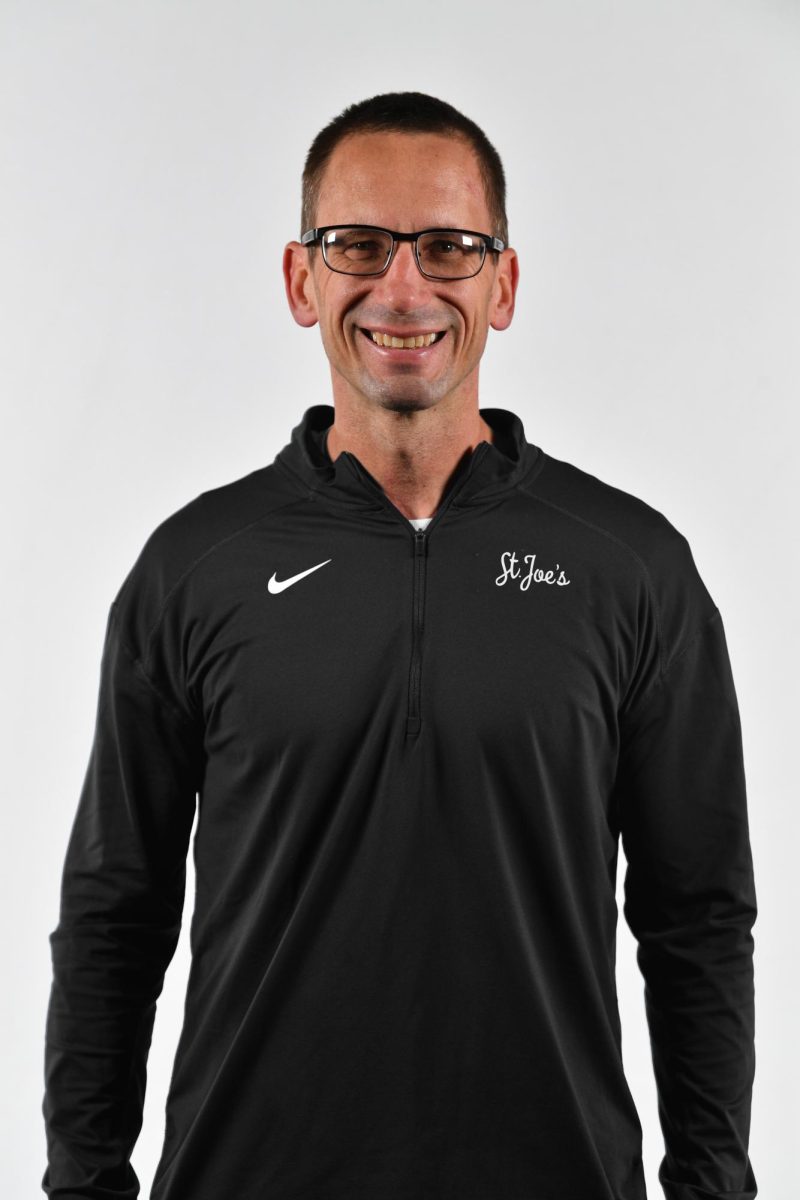From functional kitchen items to decorative pieces inspired by endangered animals, pottery artists Isabella Africa ’22 and Grace Gallagher ’22 showcased their abilities to make art of everyday inspirations and causes that matter to them in this year’s Senior Art Exhibit, titled “Tectonic.”
Each year, the department of art and art history features thesis projects of senior art majors and minors for several weeks in the Merion Hall Gallery. Using clay, a potter’s wheel, glazes for color and ribs and scrapers, Africa and Gallagher spent the majority of the fall semester perfecting their sets. Gallagher’s creation is currently on display, following the presentation of Africa’s work.
Africa’s exhibit, “An Open Eye Into Nature,” encompassing different colors, textures and shapes, is about observing what others might not. Africa said she got her inspiration walking through campus and noticing the beauty of trees, flowers and textures that can be easy to miss if not paying attention to it.
“For a lot of my pieces, nature is a big inspiration,” Africa said. “Sometimes it happens naturally, where I don’t intend on that being the inspiration, but I’ll notice the form starts to curve a certain way. Sometimes the building process starts first and then you see what it’s inspired by, and other times I just pick a certain thing and decide to make it off that.”
For “An Open Eye Into Nature,” Africa said the set’s big leaf pitcher is her “proud moment.”
“It was challenging because of the size and the painting detail,” Africa said. “Same with the bowl with spike-looking pieces coming off of it. … Sometimes there’s little cracks and parts that I don’t want to show, but because of the element of nature, I was like, ‘I’m gonna keep these pieces in the show because they’re representing that imperfection.’”
Gallagher’s set, “Killer Humans,” is a mix of functional and decorative, including a mug with an elephant trunk to depict human poaching and a bowl with shark features to represent illegal harvesting of fins for shark fin soup.
Before switching to an art major her sophomore year, Gallagher was a psychology major interested in animal psychology.
“My favorite animal has always been a sea turtle, and they’re starting to become endangered,” Gallagher said. “I wanted to bring awareness to animals and why they’re becoming endangered, and most of the reasons were because of humans.”
Gallagher, a former member of the St. Joe’s women’s lacrosse team, started pottery and ceramics in high school but did not think she could “just do art” in college. After injuring her back with two herniated discs, Gallagher was unable to play lacrosse for two years. She decided to give art another try, and with her parents’ support, she switched majors.
“I immediately fell back in love with pottery and ceramics,” Gallagher said.
For “Killer Humans,” Gallagher said she wanted a project that would make an impact, and had originally planned on making large animals that were endangered. But then she became infected with covid-19, and she had to restart her project when everything dried out. At that point, she decided to make the set simpler.
“I can make stuff on the wheel a lot faster than I can sculpt it, so I started making it on the wheel,” Gallagher said. “I just kept researching animals and reasons why they’re endangered, got a few ideas, and started doing that. And then I just made everything.”
Gallagher said her favorite part about this set is the fact that it is something she has never done before.
“I usually just make mugs or bowls,” Gallagher said. “Now, I’ve added a little piece of sculpture on it or it’s not totally functional, it’s more decorative. I pushed myself to make something that I’m not really used to making.”
After graduation, Gallagher plans to continue doing graphic design and branding.
“I don’t think I will pursue ceramics as a career, but I will definitely keep it up as a hobby, especially since I also have a website to sell my work,” Gallagher said.
Africa said she hopes to continue ceramics and pottery as her main career path, including a partnership with the Woodmere Art Museum where she helps in the museum’s education department.
“I feel it is important to teach younger generations how to learn with their eyes and the creative side of their minds,” Africa said.











































